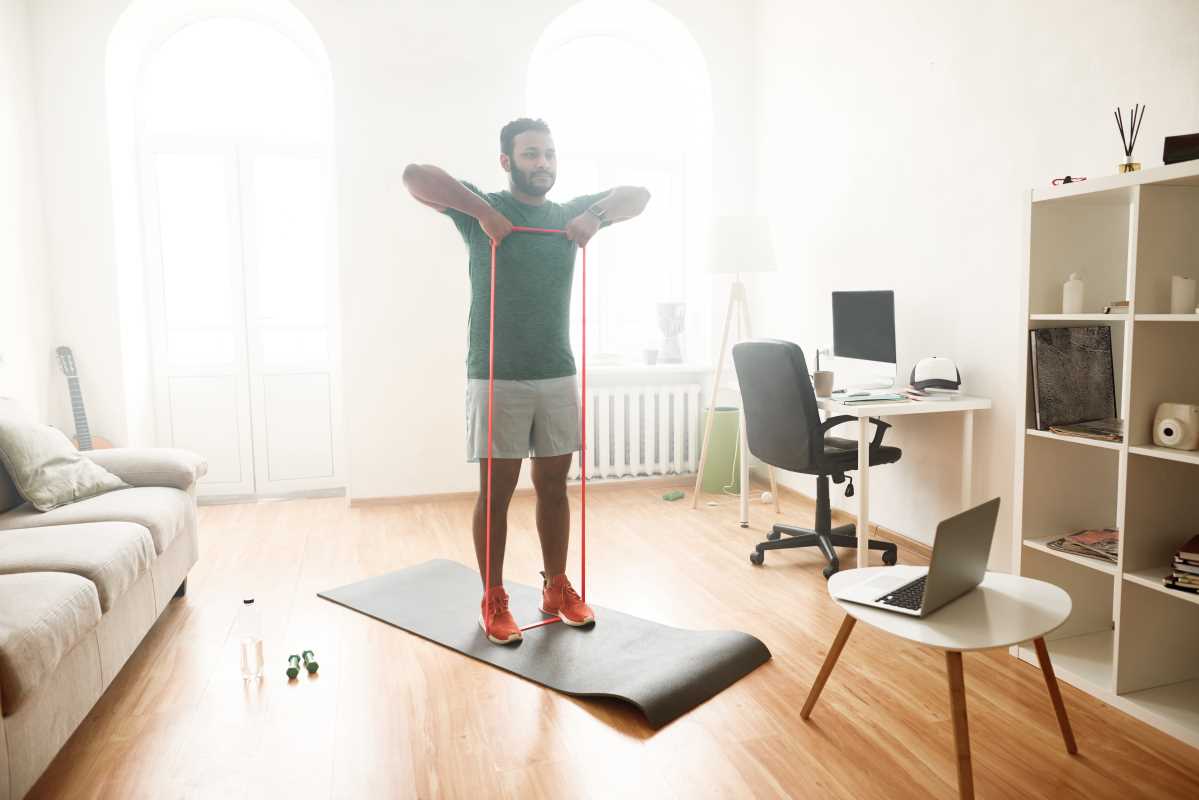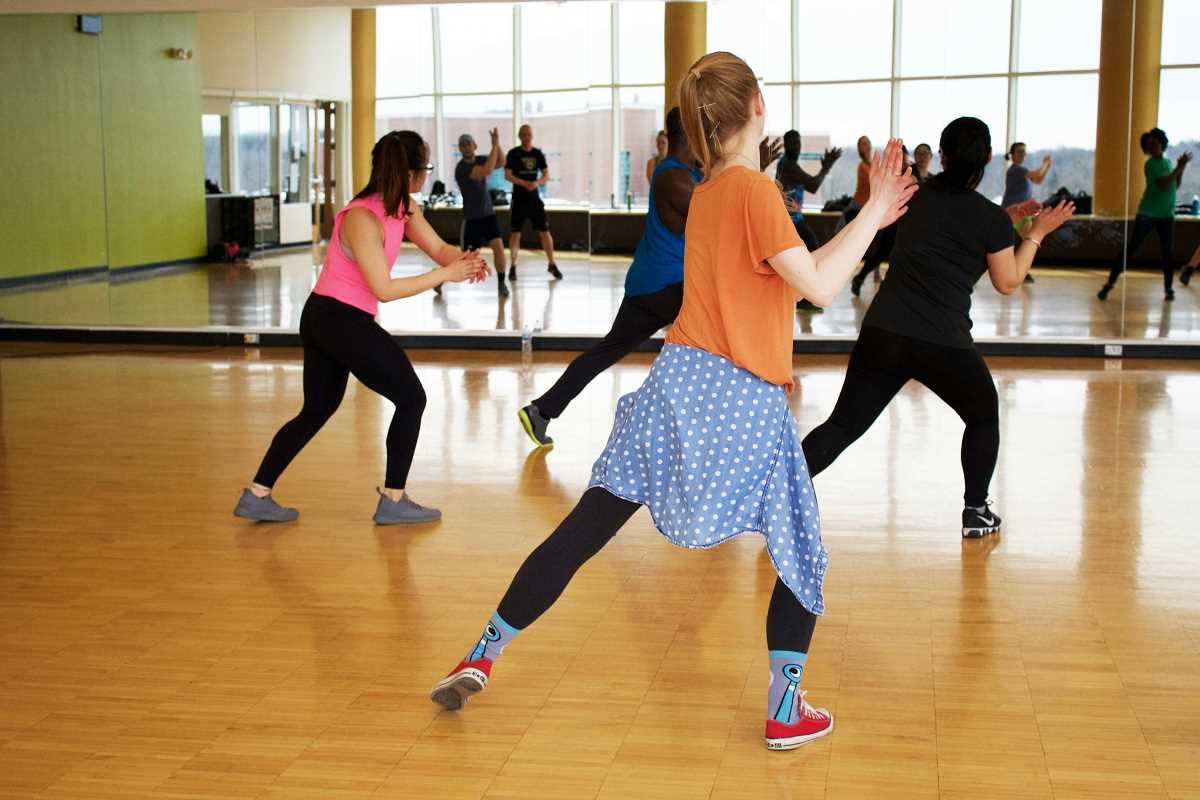You may have heard the term "HIIT" tossed around in fitness circles or seen it splashed across workout apps and gym posters. High-Intensity Interval Training has gained significant popularity in recent years, but what exactly is it, and is it something you should try? If you're new to the concept, this article is the perfect starting point. We’ll break down what HIIT entails, its difficulty level, potential benefits, and tips for getting started.
What Is High-Intensity Interval Training?
At its core, High-Intensity Interval Training (HIIT) is a workout format that alternates short bursts of all-out effort with periods of low-intensity activity or rest. These intense intervals are designed to push your heart rate to 80–95% of its maximum, while the recovery periods allow your body to catch its breath before the next round. A classic example might look like sprinting for 30 seconds, followed by walking for 60 seconds, repeated for several rounds.
HIIT workouts are highly flexible and can accommodate a variety of exercises. The key is intensity during the “work” periods. Here are some typical exercises often included in HIIT training:
- Cardio-focused activities: Sprints, cycling, jump rope, or rowing.
- Bodyweight exercises: Burpees, jump squats, push-ups, or mountain climbers.
- Weight-based moves: Kettlebell swings, dumbbell thrusters, or medicine ball slams.
Sessions can range from a quick 10 minutes to longer 30- to 40-minute workouts, but the beauty of HIIT lies in its efficiency—you can achieve significant fitness benefits in less time compared to traditional steady-state cardio.
How Difficult Is HIIT?
HIIT is designed to challenge you, but the difficulty level can vary depending on your fitness background and how the workout is structured. Here’s what you need to know:
The Challenges
- Intensity: The hallmark of HIIT is its intensity, requiring you to work at or near your physical limit for brief periods. This can feel overwhelming, especially if you’re not accustomed to pushing your body to such extremes.
- Leg and Lung Burn: Exercises in HIIT are typically full-body movements that demand a lot from your muscles and cardiovascular system. You’ll likely feel tired quickly, particularly during the first few sessions.
- Mental Toughness: HIIT requires focus and grit. Pushing through when your heart is pounding and sweat is pouring takes determination.
- Pacing: It’s easy to go too hard too quickly, leaving you wiped out before the session is complete. Beginners often struggle to find the right balance between maximum effort and sustainability.
The Advantages
The challenges may sound daunting, but they come with substantial rewards. People who tackle HIIT often experience rapid fitness gains, such as improvements in endurance, strength, and fat-burning potential. Additionally, HIIT can be adapted to suit different fitness levels. Beginners can start with shorter intervals and longer recovery periods, while advanced athletes can push themselves further with shorter rest and more demanding exercises.
Typically, one of the biggest surprises for beginners is just how intense—but manageable—HIIT can become with consistent practice and progression.
Who Can Benefit From HIIT?
HIIT is incredibly versatile, making it suitable for a wide range of people, as long as their workouts are tailored to their needs. Below are some groups that might find HIIT particularly beneficial:
1. Busy Individuals
For people tight on time, HIIT provides a way to work out effectively in a shorter timeframe. A 20-minute HIIT session can yield results similar to, or better than, an hour of traditional moderate-intensity cardio.
2. Those Looking to Lose Weight
The high intensity of HIIT boosts your metabolic rate, both during and after exercise. Known as the "afterburn effect" (or excess post-exercise oxygen consumption, EPOC), this process causes your body to burn calories even after the workout is over.
3. Athletes and Fitness Enthusiasts
Experienced exercisers can use HIIT to improve speed, power, and endurance. Sprinters, cyclists, and even weightlifters can tailor HIIT to enhance specific aspects of their performance.
4. Cardiovascular Fitness Seekers
HIIT is excellent for strengthening your heart. Studies have shown that it can improve cardiovascular health markers, such as blood pressure and VO₂ max (a measure of how efficiently your body uses oxygen).
5. People with Limited Access to Equipment
Because so many HIIT exercises rely on bodyweight movements, it can be done almost anywhere, whether at home, in a park, or at the gym. A good pair of running shoes and some floor space often suffice.
Things to Keep in Mind for Beginners
If you’re new to HIIT, the idea of “maximum effort” workouts can feel intimidating. The good news is that no two HIIT workouts are the same, and you can adjust the level of difficulty to meet your current fitness level. To get started safely and effectively, consider the following tips:
- Start Slowly: Choose beginner-friendly interval ratios, such as 20 seconds of effort followed by 40 seconds of rest. Over time, you can increase your work intervals and reduce your rest periods as your fitness improves.
- Prioritize Form Over Speed: Performing exercises with proper form is more important than going all-out. Poor form increases your risk of injury, especially under fatigue.
- Warm Up and Cool Down: Since HIIT is tough on your body, a proper warm-up and cool-down are non-negotiable. Stretching and light cardio before and after the session can reduce soreness and prevent injury.
- Be Mindful of Rest Days: HIIT is intense and shouldn’t be done every day. Beginners might start with one or two sessions per week, allowing recovery days in between.
- Listen to Your Body: It’s normal for HIIT to feel hard, but if you experience sharp pain, dizziness, or extreme fatigue, stop the workout immediately. Build intensity gradually and focus on listening to your body’s signals.
Where Does HIIT Fit in Your Fitness Routine?
One of the best things about HIIT is its flexibility. You can use it as a standalone workout or incorporate it into your broader fitness plan. For example:
- Pair short HIIT sessions with strength training for a well-rounded routine.
- Use it as a quick cardio option when you’re pressed for time.
- Incorporate HIIT into sports training if you’re an athlete looking to enhance performance.
High-Intensity Interval Training is an exciting and effective workout style that delivers big results in less time. While it can seem intense at first, its adaptable nature makes it accessible to a broad audience, from fitness rookies to seasoned athletes.
However, HIIT isn’t a one-size-fits-all solution—listen to your body, start slow, and progress at your own pace. With consistency and a willingness to push your limits, HIIT has the potential to elevate your fitness, improve your cardiovascular health, and keep your workouts exciting. If you’re ready to sweat hard and make every minute of exercise count, HIIT might just be your new favorite way to work out.







